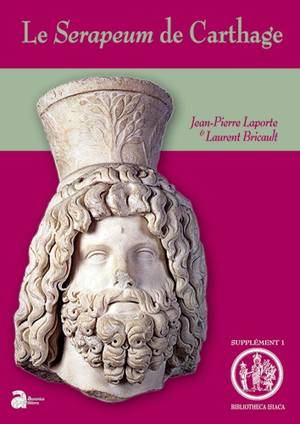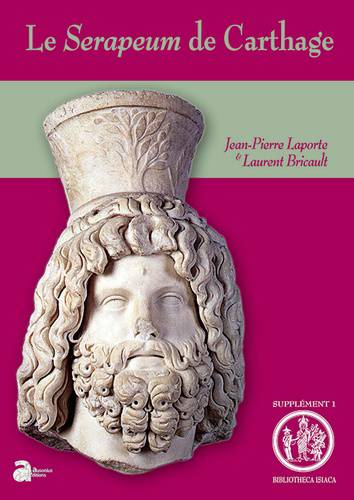
- Retrait gratuit dans votre magasin Club
- 7.000.000 titres dans notre catalogue
- Payer en toute sécurité
- Toujours un magasin près de chez vous
- Retrait gratuit dans votre magasin Club
- 7.000.000 titres dans notre catalogue
- Payer en toute sécurité
- Toujours un magasin près de chez vous
Description
Entre 1872 et 1880, à Carthage, des fouilles médiocrement menées mirent au jour de très nombreux éléments (statues, reliefs, inscriptions) ayant visiblement appartenu à un sanctuaire isiaque. Ce riche matériel, rarement reconnu pour ce qu'il était réellement, fut rapidement éparpillé entre diverses collections publiques et privées. Près de vingt années de recherches ont permis de retrouver une grande partie de ces trésors archéologiques et de redonner vie à un sanctuaire dont même les cartes modernes ne gardaient plus guère le souvenir. Identifié, localisé, daté, le Serapeum de Carthage se révèle riche d'un mobilier exceptionnel, aux pièces souvent uniques, il s'inscrit dans la série des fondations d'époque hadrianique et illustre remarquablement, par les monuments qu'il renfermait, les individus qui le fréquentaient et les dieux qui l'habitaient, l'impact du culte de Sarapis et d'Isis dans la Méditerranée impériale romaine.
This new international series, complementing the Bibliotheca Isiaca, will feature monographs and volumes of collected papers pertaining to the cultural interactions between Egypt and the Classical world. In the multicultural setting of the Greco-Roman Mediterranean, the diffusion and reception of the cult of Isis and other Egyptian divinities over more than seven centuries was one of the most dynamic, significant and popular phenomena of Antiquity, offering an exceptional opportunity for analysis. It is the editors' plan that most of the entries in the series will be dedicated to the traces left by this phenomenon in ancient material culture. This richly illustrated collection is aimed at a broad readership of students, teachers and researchers who desire to understand better the cultural dynamics that affected the ancient Mediterranean and gradually changed its religious landscape.
Spécifications
Parties prenantes
- Auteur(s) :
- Editeur:
Contenu
- Nombre de pages :
- 115
- Langue:
- Français
Caractéristiques
- EAN:
- 9782356133212
- Date de parution :
- 02-07-20
- Format:
- Livre relié
- Dimensions :
- 220 mm x 310 mm
- Poids :
- 736 g







